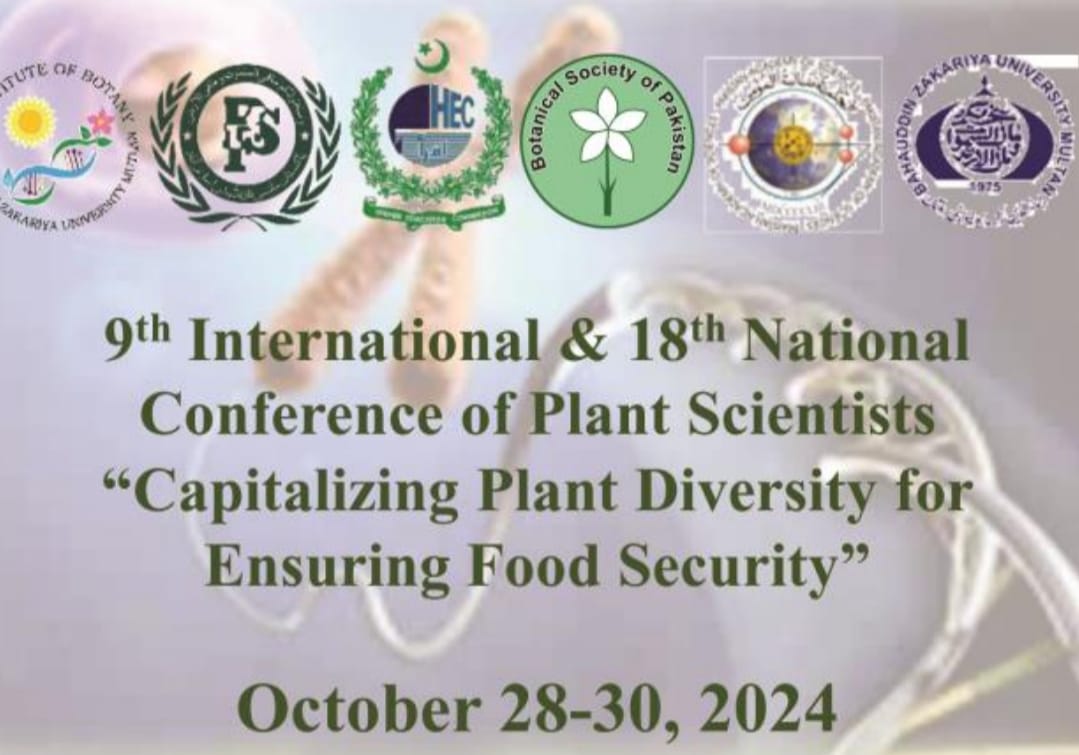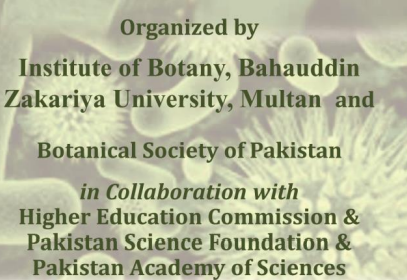Naeem Khan, Shahid Ali, Peiman Zandi, Asif Mehmood, Shariat Ullah, Muhammad Ikram, Ismail, Mohammad Adnan Shahid and Md Ali Babar
Details
52(2): 355-363, 2020
Download PDF
Role of sugars, amino acids and organic acids in improving plants abiotic stress tolerance
Details
52(2): 355-363, 2020


